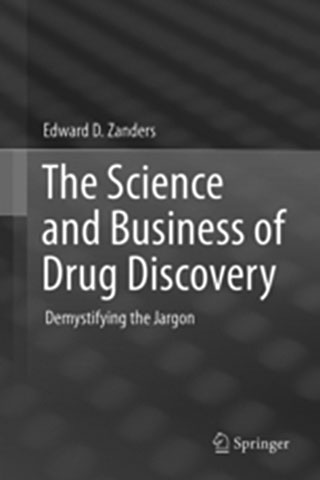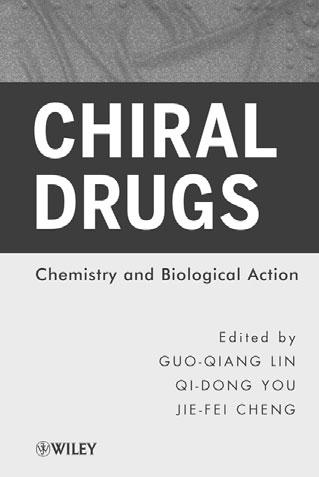Mass administration of the antimalarial drug mefloquine to guantnamo detainees: a critical analysis
Tropical Medicine and International Healthvolume 17 no 10 pp 1281–1288 october 2012Mass administration of the antimalarial drug mefloquine toGuanta´namo detainees: a critical analysisDepartment of Preventive Medicine, Bayne-Jones Army Community Hospital, Ft. Polk, LA, USARecently, evidence has emerged from an unusual form of mass drug administration practised amongdetainees held at US Naval
 validity of key information. As each disci-
tions to other stages are also clearly out-
ent difficult hurdles to any newcomer, in-
Springer, London 2011. xvii + 397 pp., hard-
terested outsider, or even inside special-
cover £ 126.00.—ISBN 978-1-4419-9901-6
ist, this book provides an excellent guide
to prevailing esotericisms and thus helps
into 3–6 subchapters. This central part of
to ‘demystify the jargon’. Nomenclature
the context of their use. A final Glossary
cal R&D, and its many opportunities to
establish modern ‘personalized medicine’
Prior to this central part, essential as-
are illustrated by figures. Most of the fig-
pects of cardinal disciplines like chemis-
ures are well selected and serve as a clari-
leading to today’s rational drug discov-
ments of the pharmaceutical business.
validity of key information. As each disci-
tions to other stages are also clearly out-
ent difficult hurdles to any newcomer, in-
Springer, London 2011. xvii + 397 pp., hard-
terested outsider, or even inside special-
cover £ 126.00.—ISBN 978-1-4419-9901-6
ist, this book provides an excellent guide
to prevailing esotericisms and thus helps
into 3–6 subchapters. This central part of
to ‘demystify the jargon’. Nomenclature
the context of their use. A final Glossary
cal R&D, and its many opportunities to
establish modern ‘personalized medicine’
Prior to this central part, essential as-
are illustrated by figures. Most of the fig-
pects of cardinal disciplines like chemis-
ures are well selected and serve as a clari-
leading to today’s rational drug discov-
ments of the pharmaceutical business. for the right hand, not the opposite.
for the right hand, not the opposite.